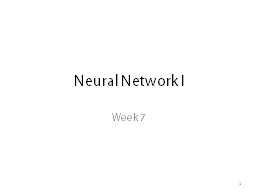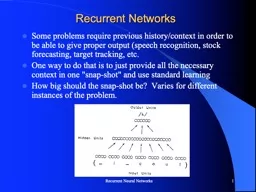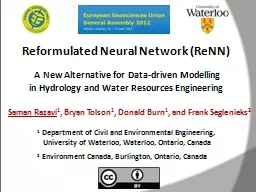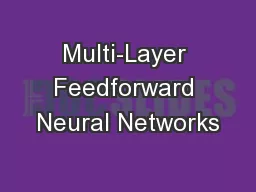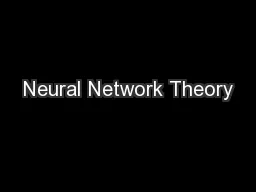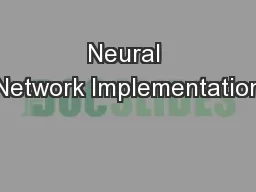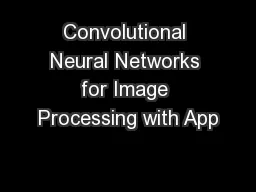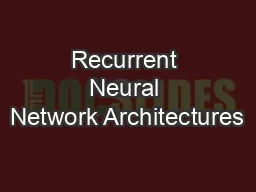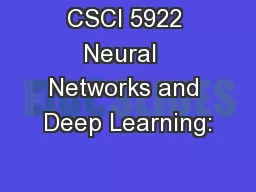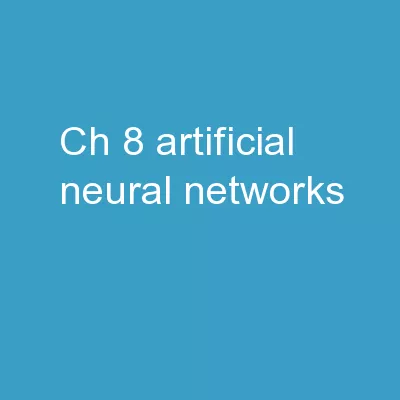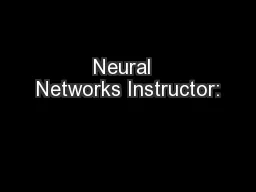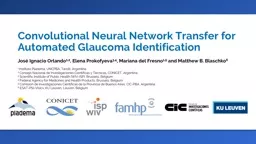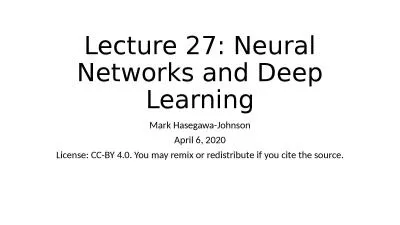PPT-Neural Network I
Author : karlyn-bohler | Published Date : 2016-07-08
Week 7 1 Team Homework Assignment 9 Read pp 327 334 and the Week 7 slide Design a neural network for XOR Exclusive OR Explore neural network tools beginning of
Presentation Embed Code
Download Presentation
Download Presentation The PPT/PDF document "Neural Network I" is the property of its rightful owner. Permission is granted to download and print the materials on this website for personal, non-commercial use only, and to display it on your personal computer provided you do not modify the materials and that you retain all copyright notices contained in the materials. By downloading content from our website, you accept the terms of this agreement.
Neural Network I: Transcript
Download Rules Of Document
"Neural Network I"The content belongs to its owner. You may download and print it for personal use, without modification, and keep all copyright notices. By downloading, you agree to these terms.
Related Documents

